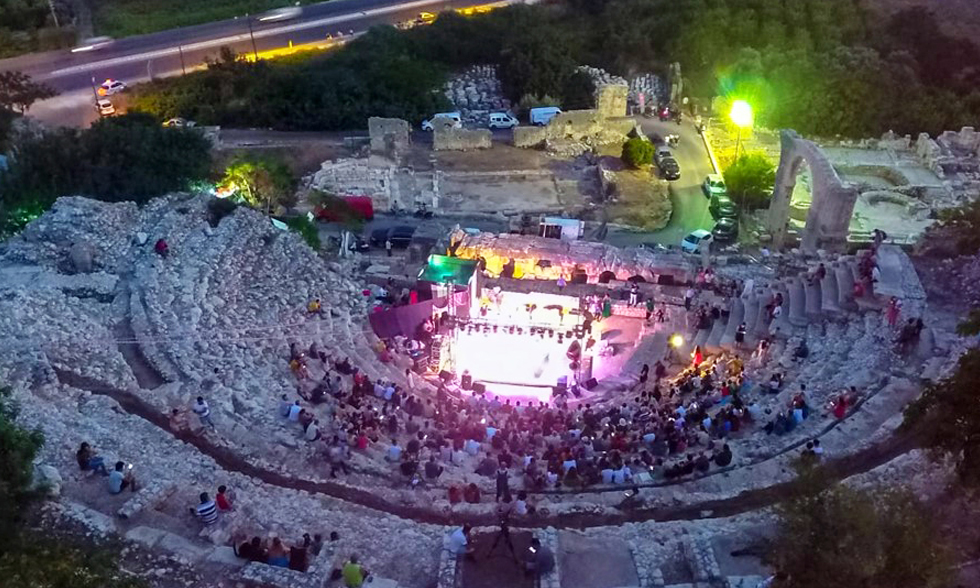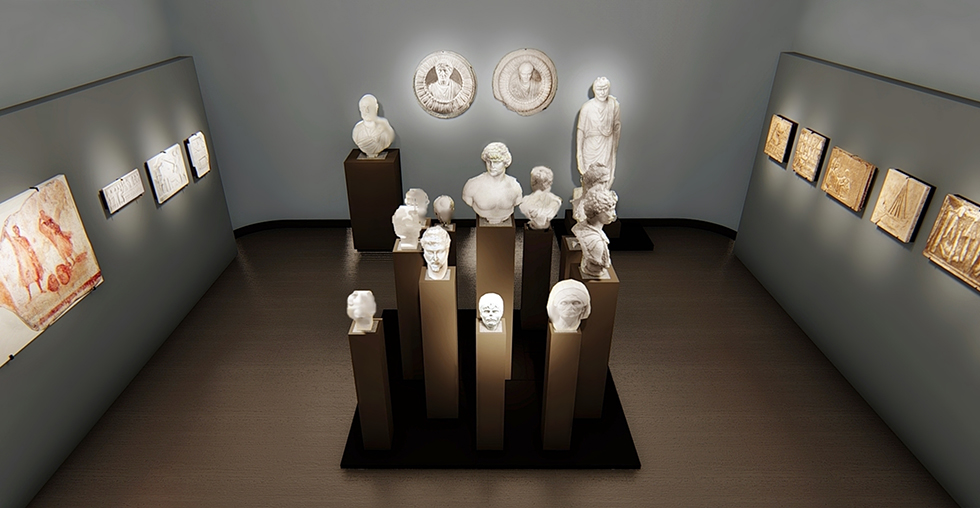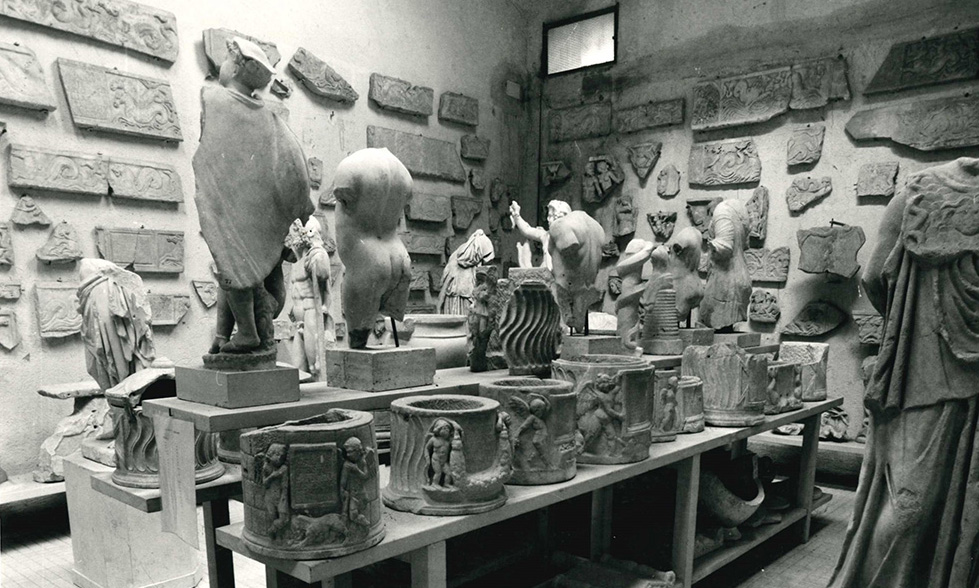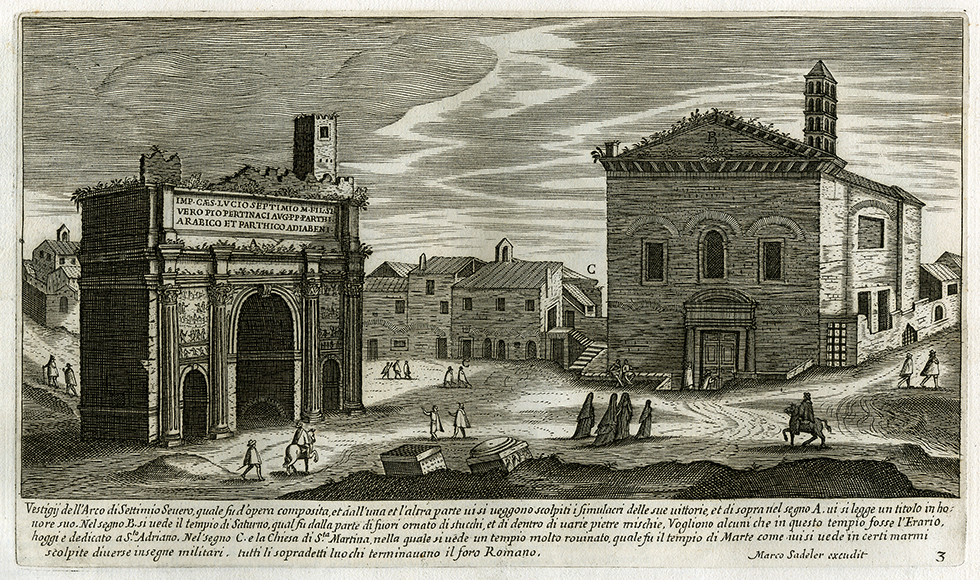Tra gli aspetti più rilevanti del Congresso sono da evidenziare due serate-evento organizzate dagli Istituti stranieri della Capitale, che si occupano di archeologia a Roma, in cui sono state esposte le sessioni relative ai posters. Ogni Istituto ha trattato uno o due temi specifici, e tutti i posters, in totale 211, sono stati esposti nelle due serate organizzate una al Gianicolo, dall’Accademia Americana, dall’Istituto Norvegese, dall’Istituto Finlandese e dall’Accademia Reale di Spagna e l’altra a Valle Giulia, dall’Accademia di Romania, dalla British School, dall’Accademia di Danimarca e dal Reale Istituto Nederlandese. I due eventi sono stati motivo di confronto e di conoscenza delle Accademie che svolgono un ruolo determinante nell’Associazione Internazionale di Archeologia Classica e nella storia dell’archeologia italiana. Una parte dei posters che riguardano l’archeologia italiana (consultabili anche sul Bollettino di Archeologia on-line) sono stati pubblicati su Fasti On Line Documenti & Ricerca (FOLD&R).
One of the great pleasures of the conference was the two evenings organized by the foreign institutes in Rome, who divided between them the poster sessions. Each took on one or two particular themes, and all of the posters – 211 in all – could be seen on one of those two evenings, one spent on the Gianicolo (at the American Academy in Rome, Det Norske Institutt i Roma, the Istitutum Romanum Finlandiae, the Real Academia de España en Roma) and the other at Valle Giulia (at the Academia Belgica, the Academia di Romania in Roma, the British School at Rome, Det Danske Institut i Rom, and the Koninklijk Nederlands Instituut Rome). These evenings also gave us a chance to gather and chat with the other congressisti and to admire the marvellous institutions which play such a major role in the history and archaeology of Italy. In the event, less than half of the 211 posters were eventually submitted as articles. Of these, 35 were published in FastiOn Line Documenti&Ricerca (FOLD&R) as they related to Italian excavations. The others are now published in BAO.
Elizabeth Fentress
Real Academia de España en Rome
1. Town planning – Urbanistica
2. Architecture – Architettura
American Academy in Rome
3. Death and Religion in Classical Antiquity- Aspetti Cultuali e Funerari nell’Antichità Classica
Istitutum Romanum Finlandiae
4. Urban Centres – Centri Urbani
Det Norske Institutt i Roma
5. Villas – Ville
Academia Belgica
6. Vesuvian Cities – Città Vesuviane
Academia di Romania in Roma
7. Material Culture and Ancient Technology – Cultura Materiale e Tecnologia Antica
The British School in Rome
8. Multidisciplinary Approaches to Classical Archaeology – Approcci Multidisciplinari per l’Archeologia Classica
9. Ports, trade and amphorae – Porti, commercio e anfore
Det Danske Institut i Rom; Koninklijk Nederlands Instituut Rome
10. Landscape Archaeology – Archeologia del Paesaggio


 Ostia (RM). Vecchio Antiquarium Ostiense, sala V (Archivio Fotografico del Parco archeologico di Ostia antica)
Ostia (RM). Vecchio Antiquarium Ostiense, sala V (Archivio Fotografico del Parco archeologico di Ostia antica)
